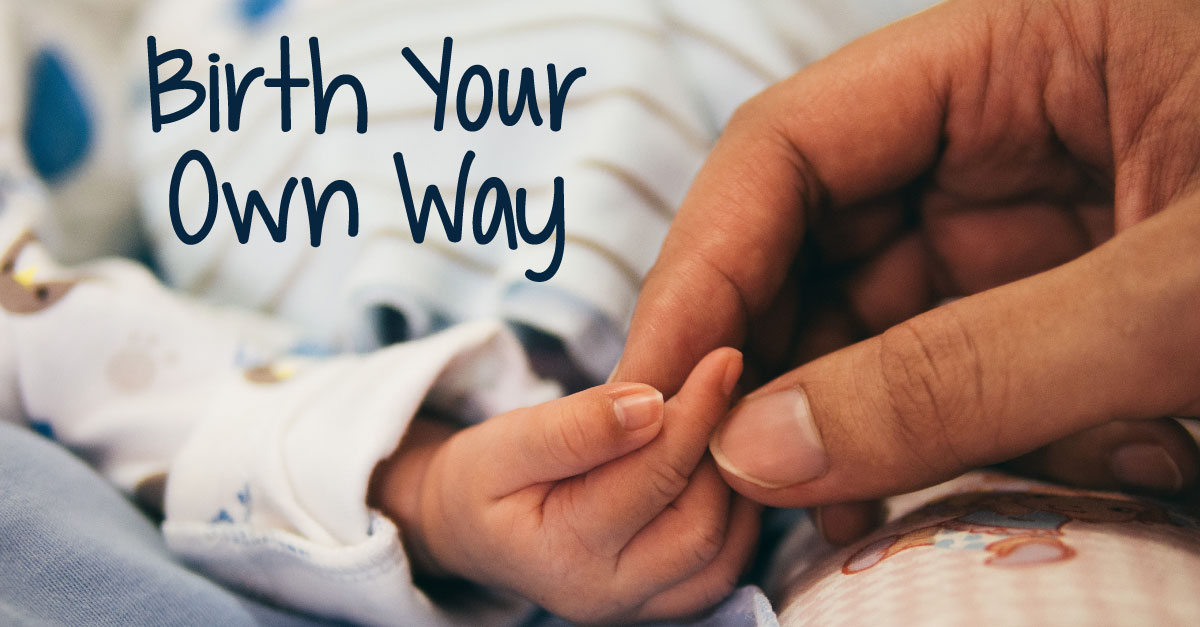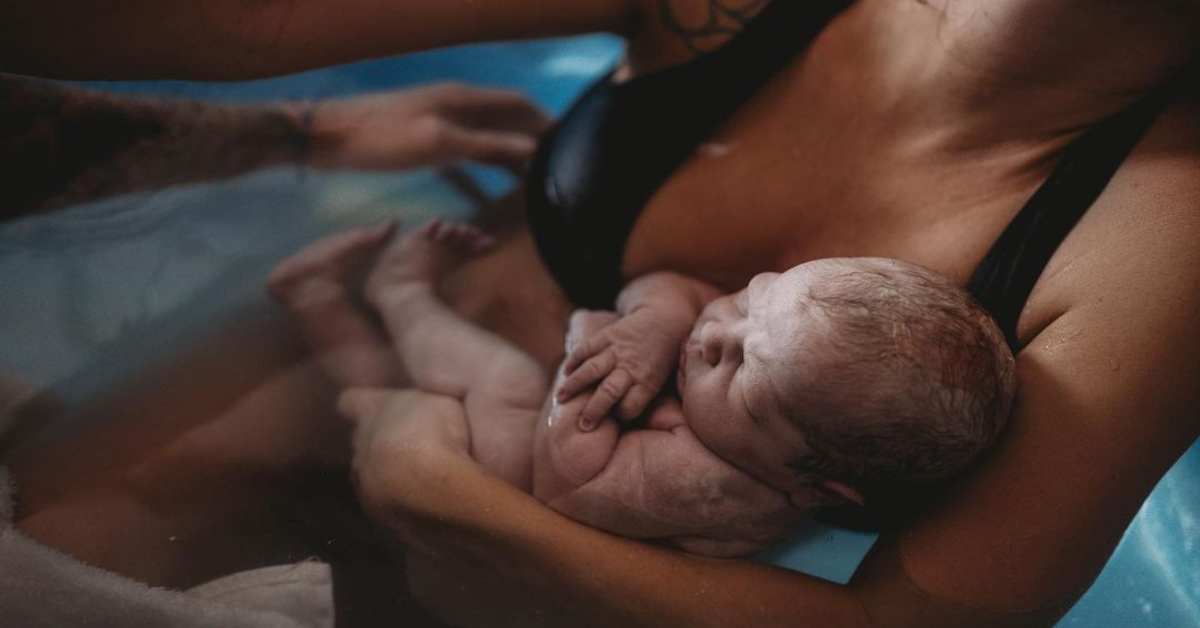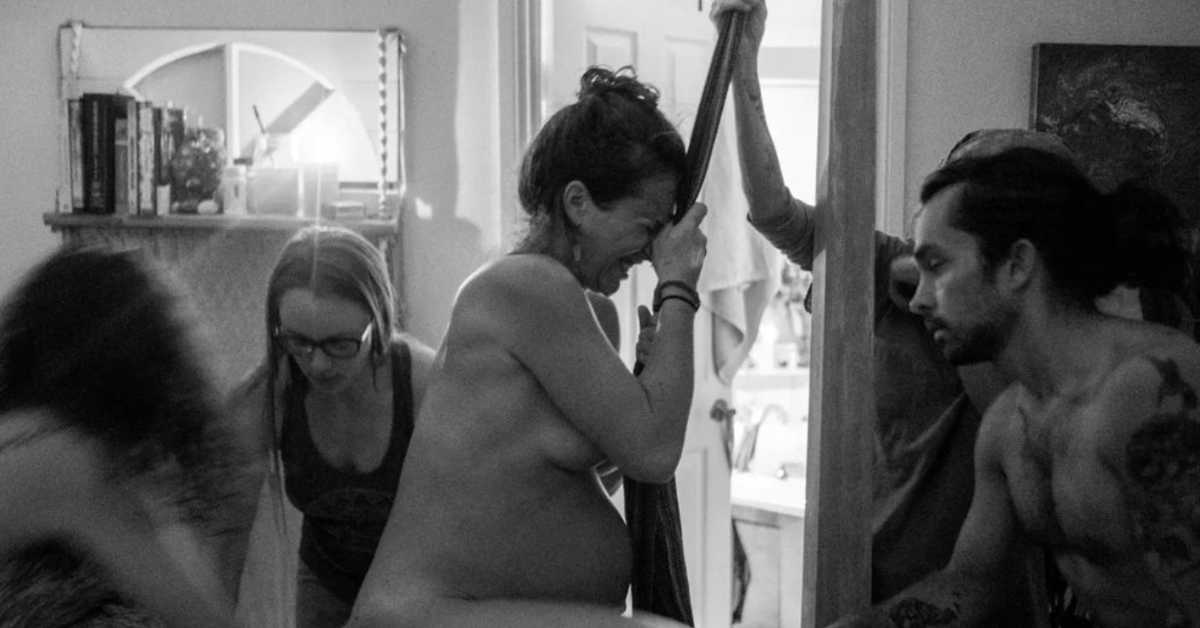I saw a Facebook post recently, a fundraiser, for a woman who wrote about her search for a provider who would assist her in having a vaginal birth for her 4th baby after having 3 previous cesareans. For whatever reason (VBAC ban, or just no supportive providers to be found) she moved 3 states over just to give birth with a supportive provider. It seemed from the post that they actually moved their family to that location to be in proximity to this supportive provider. Due to moving during the pregnancy, they did not have the funds to pay for the birth upfront, thus the Facebook fundraiser.
How did we get here?
How is it, in our medically advanced culture, that someone has to actually move to a different state to achieve this kind of support? I know that we don’t have supportive providers in our community here in south Florida that would support a vaginal birth for someone with 3 or more previous cesareans. Though, I know that I would support such a person under the right circumstances. Those circumstances are that the pregnant person has to be in excellent health with a healthy, otherwise low-risk pregnancy. She has to be fully committed to her birth plans, to the point of saying “I am doing this with or without you”. In other words, fully committed to the choice for an out of hospital birth.
While there is no guarantee for the outcome, an otherwise healthy low-risk pregnancy has little added risk for VBAC or other complex physiologic circumstances like twins or breech. With good counseling on risks and benefits and the understanding of the limits of any guarantees, clients should be free to make the decision to birth outside the hospital in these situations. Actually, clients should be free to make the decision to birth vaginally and should be able to access a supportive provider wherever they feel the safest – whether that is in the hospital or outside of it.
I am a provider that supports VBAC, twins, and breech for a vaginal birth.
I have found that my sister midwives are not happy that I do this. They report feeling threatened by my choices to support these births out of the hospital due to the possibility that any bad outcome would reflect negatively on the birth community as a whole. They believe that if I have a bad outcome I am giving home birth a bad name. I believe that I am giving people options they would not otherwise have. There are only about 2% of people that choose to birth out of the hospital. Most of those that choose home birth are die-hard home birthers who would not go to the hospital unless someone’s life was in danger (literally). They understand that there are no guarantees in life (or birth) and they typically have educated themselves on the risks and benefits of out of hospital birth and willingly, gladly, sign the consent waiver for home birth under complex physiological circumstances.
Enter the twins
I recently assisted a couple with twins who wanted very little prenatal surveillance, and home birth with mostly a hands-off approach. She went into labor the day she turned 40 weeks. The first baby came fairly quickly and it was the most serene beautiful water birth! Soon after, we attempted to get FHT (fetal heart tones) for Baby B and were unable to locate them for a few minutes, then when we did finally find them, they were very low – the 60s. Mom was instructed to push to try to encourage baby to come quickly, and within minutes, someone called out, “head’s out!”.
When I reached over to touch, it was obvious that it was not a head, and I tore the sac to find 2 legs unfolding into the water. I instructed Mom to get out of the tub as it was a surprise breech (baby had been head down at the last ultrasound at 28w) and I was concerned because of the low FHT. The baby then came fairly easily, but her placenta was sitting on her head and plopped out right after her – complete placental abruption. This is likely the scariest and most serious complication that can happen at home. Luckily Baby A and mom were doing well, no bleeding noted and Baby A was transitioning beautifully.
We immediately began going through the NRP steps that we learn and practice for just this eventuality. We also called 911 as a baby that requires CPR needs to be closely monitored for 24 hours in case there are further issues with the heart and breathing. The paramedics arrived within 6 minutes and by then she was only requiring breaths with the bag and mask as her heart was beating on its own at the appropriate rate.
It was difficult to watch her go without the ability to witness her recovery, but we had no choice as we still had the first baby and mom to care for. One assistant and the dad accompanied the baby to the hospital, the rest of the team stayed at the house. Ultimately, she made a full recovery. She began breathing on her own before they even arrived at the hospital, and was discharged home the next day due to a lot of questioning by and the determination of her parents. She seems to be completely normal and adjusted to life outside the womb.
This couple had 3 previous birth center births and were only having a home birth because their favorite midwife was unable to support a twin birth at her birth center. They were completely uninterested in a hospital birth. I’m pretty sure they would have chosen to birth at home with or without trained medical assistance. Had there not been someone trained in neonatal resuscitation present, their baby could have died. I wonder how our community would have felt about that?
When I help clients with a breech baby, or twins, or VBA3C or 4,5,6,7C or VBAC twins or breech, or past 42w. They tell me there’s no way they will birth in the hospital or no hospital provider will give them a chance to try for a vaginal birth. I believe it’s better to have a trained provider than for them to try a free birth and have a tragic outcome. If there’s a tragic outcome anyway, they have taken full responsibility for their choices.
Think about the big picture
However, I truly believe that our job as out of hospital birth providers is to monitor and observe the big picture at all times and identify an emergency before it becomes one in order to access the proper medical care. This means that we are alert and focused on one mom and her baby(ies) at all times during the experience. This is why we love to work with doulas. It gives us the luxury to arrive in active labor, which is the ideal time to be sharp and ready as birth becomes more imminent.
While I do not relish the added stress of caring for a more complex physiologic situation. I do believe in women’s bodies and the birth process as an inherently normal, natural process. In situations such as those with previous uterine surgery, twins, breeches, or post dates, it is unlikely that there will be any major complications if the pregnancy is healthy and otherwise low risk.
In every situation, as long as the provider is on her toes, focused and present, a major complication can be handled without turning into a tragedy. This is why I will support these clients. I wish more of my colleagues could do the same. I understand that the CPMs would be risking their licenses to do so, but this is not the case for my CNM and OB counterparts. In their case, the fear of birth and mistrust in women’s bodies limits their understanding of what is possible and safe. I have found that many people are seeking healthier living, especially when they are growing a baby. Many are super open to discussions of the importance of a healthy diet, adequate water consumption, and exercise in pregnancy, which all lead to safer birth for everyone.
Don’t judge anyone for their choices in birth. Not when they choose a repeat cesarean or even primary cesarean, and not when they choose home birth – no matter what their circumstances. Every client has their own reasons to choose what is right for them and their families. And don’t judge the providers that help them when they have a track record of good outcomes. It is better to have a trained provider present and we shouldn’t have to hide or suffer unwarranted criticism for our willingness to help.






